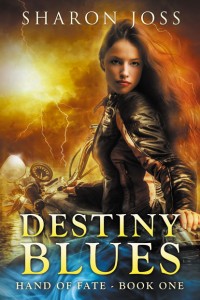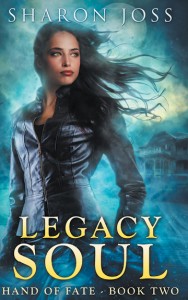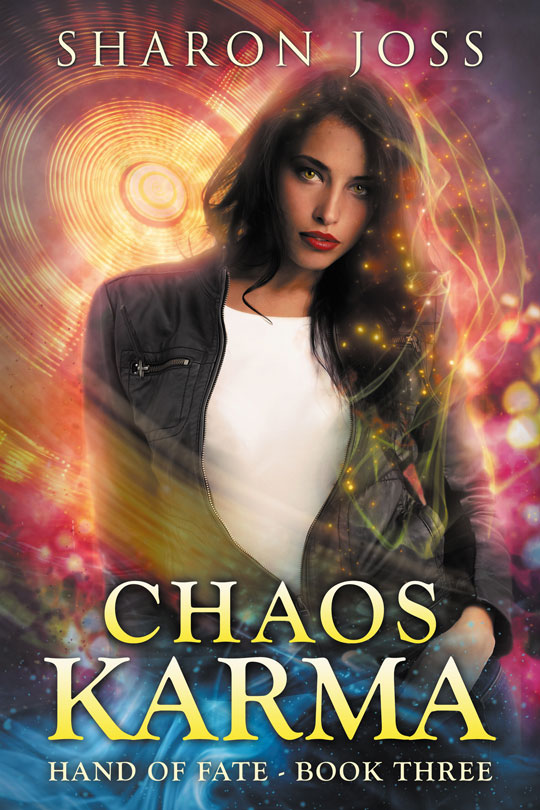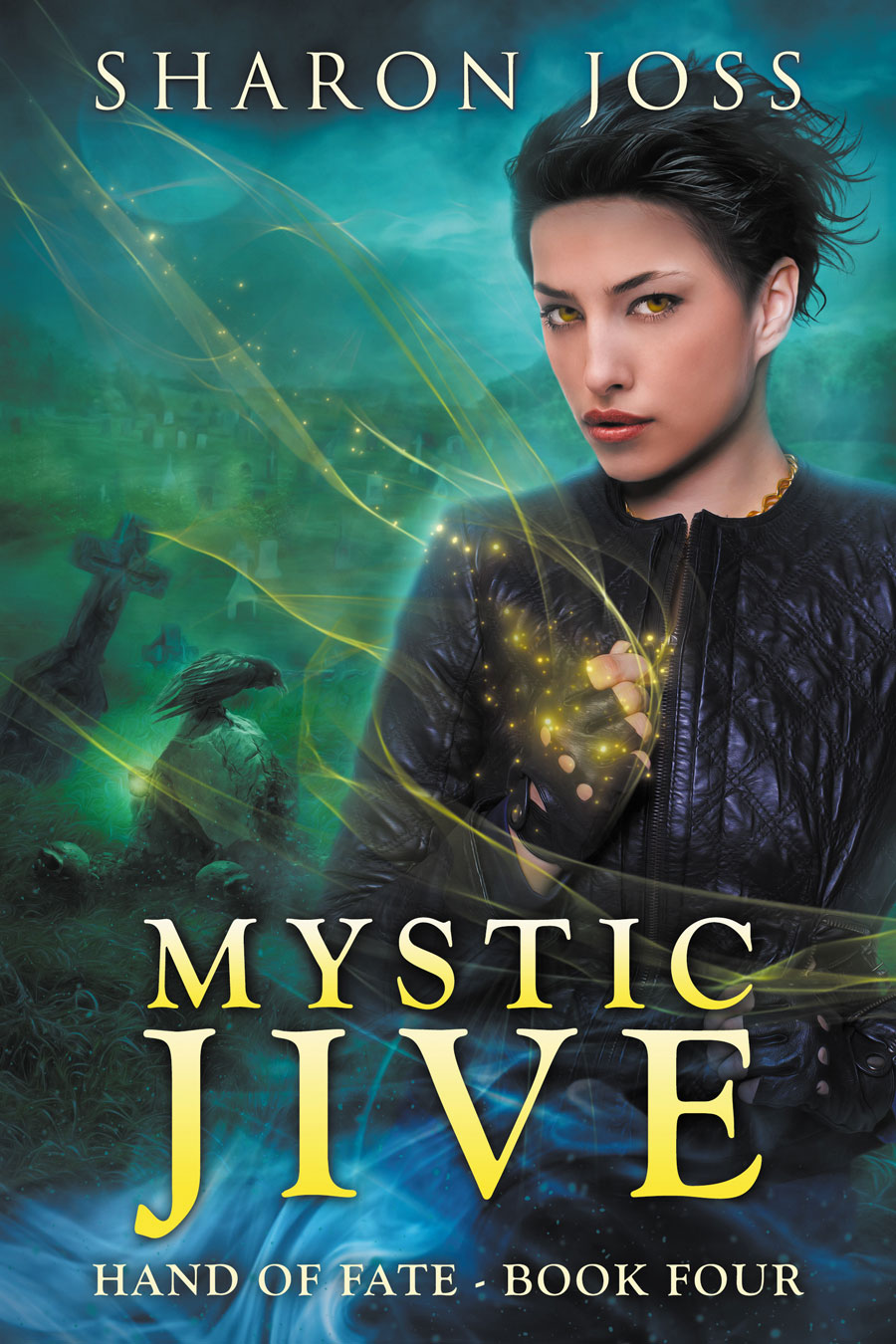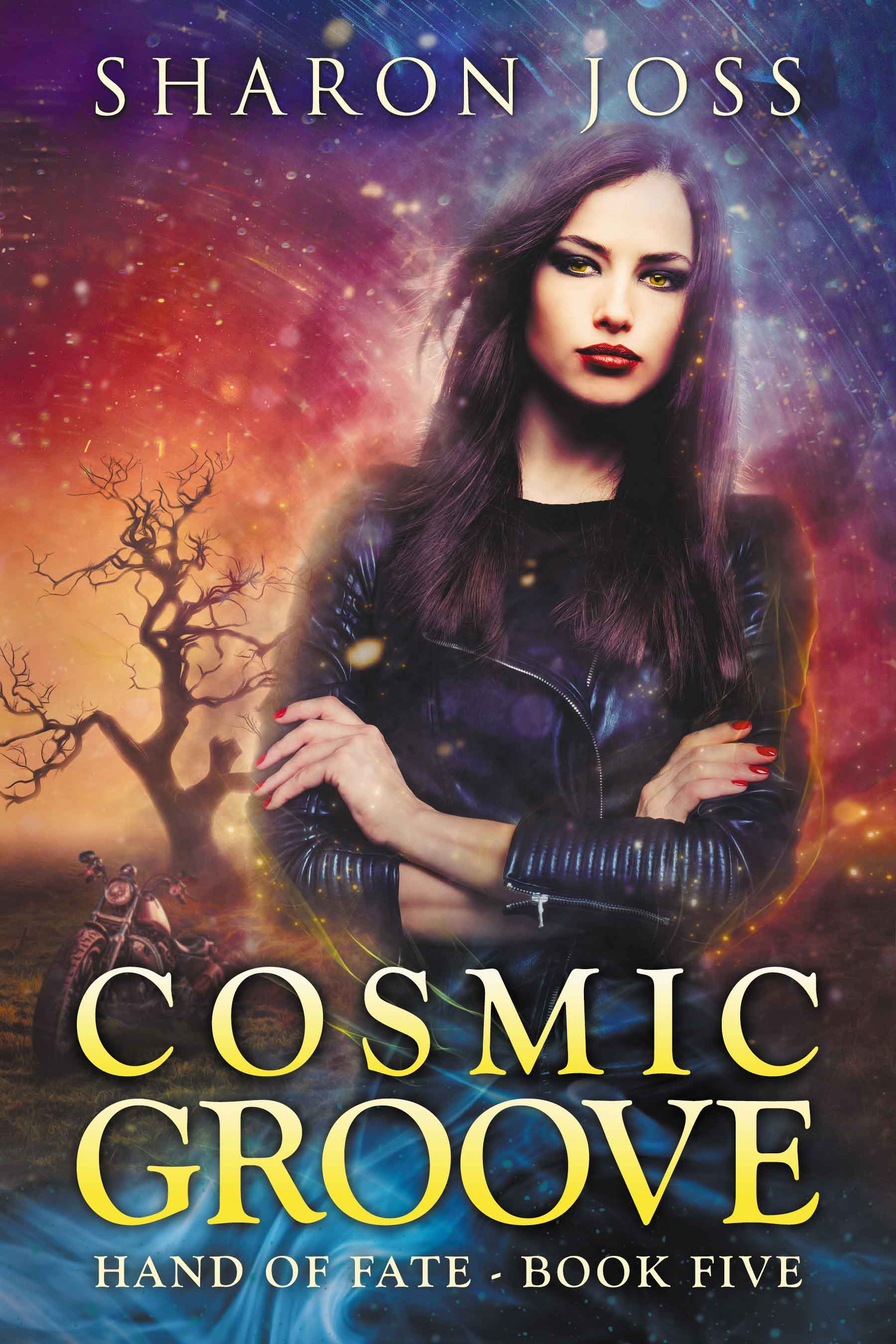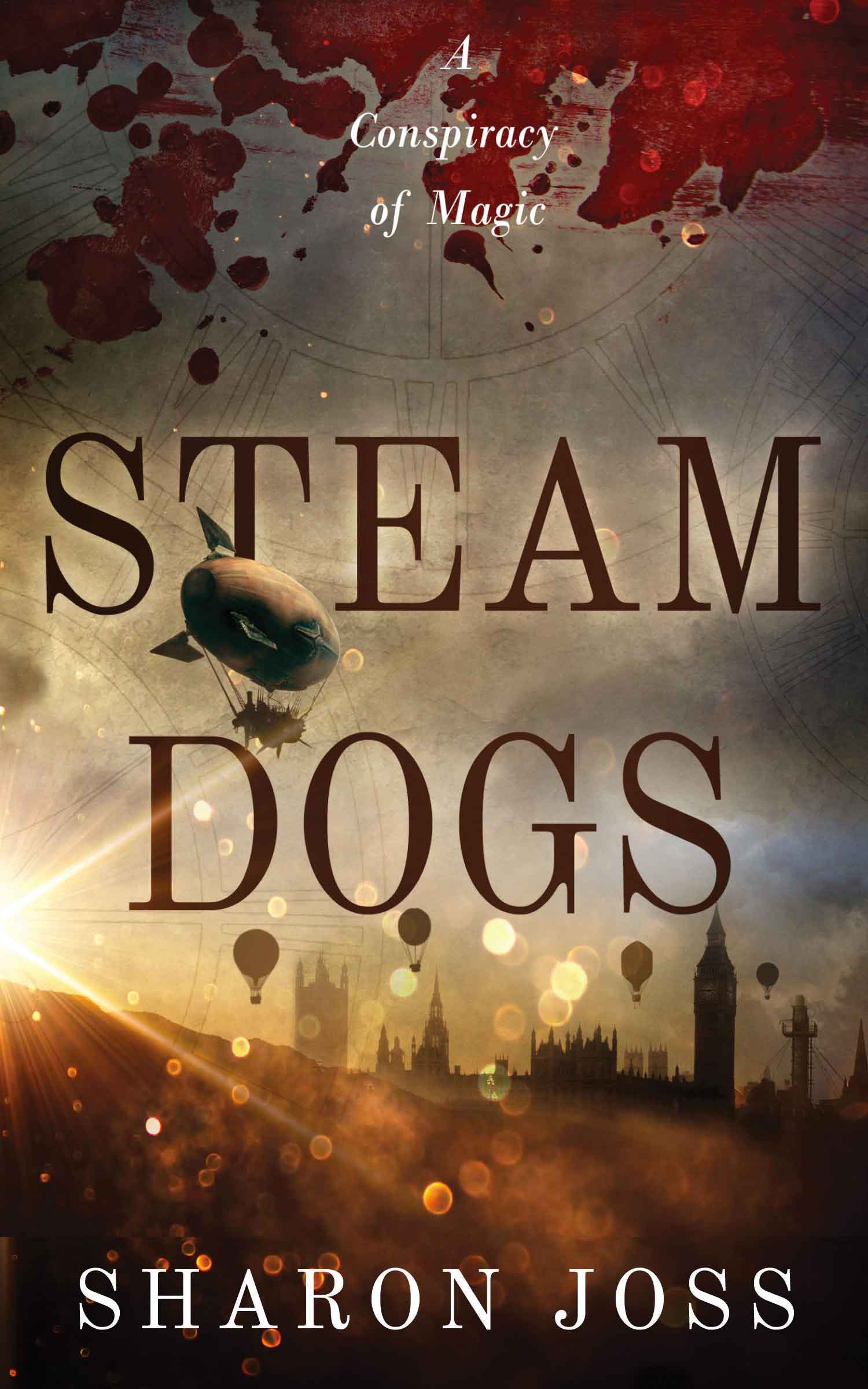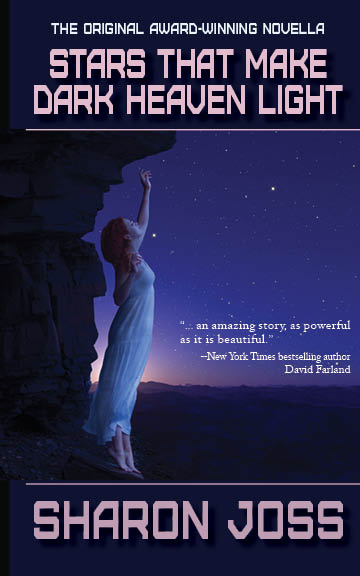I may be going out on a limb here, but if you’re writing urban fantasy (or any kind of fantasy), the supernatural & paranormal characters of your story are going to need motivations, feelings, and possibly even emotions, just like your human characters. Whether these non-human characters are good or evil, they will require the same careful attention to detail as your human characters. And I’m not just talking about vampires, although Anne Rice’s Lestat and Stephanie Meyer’s Eduard Cullen are excellent examples of what I am talking about with regard to fully-fledged characters.
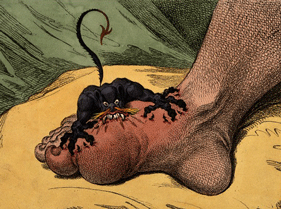 Think about the shark in Jaws (the Peter Benchley book, not the movie), the clown-spider thing in Stephen King’s It (so scary, I couldn’t keep the book in the house after I read it, as much as I loved and was terrified by it), or J. K. Rowling’s dementors. As I recall, there is very little or no part of these stories that is told from the monster’s point of view, yet all are clearly defined in terms of what drives them. True, the shark in Jaws was conceivably a creature that could possibly exist; but even in the story, this is no ordinary shark. Its motivations are not to kill; but to feed itself and protect its territory from any threats. In It, the monster fed off the fear and emotions of its victims, as did the dementors in the Harry Potter series. The dementors, in fact were so very driven to feed off the emotions of their victims, that they disobeyed their orders whenever Harry’s irresistible aura was near. This provided an increased threat to Harry and his friends, because in addition to being hungry, it proved that the dementors were unpredictable; which heightens the suspense for the reader.
Think about the shark in Jaws (the Peter Benchley book, not the movie), the clown-spider thing in Stephen King’s It (so scary, I couldn’t keep the book in the house after I read it, as much as I loved and was terrified by it), or J. K. Rowling’s dementors. As I recall, there is very little or no part of these stories that is told from the monster’s point of view, yet all are clearly defined in terms of what drives them. True, the shark in Jaws was conceivably a creature that could possibly exist; but even in the story, this is no ordinary shark. Its motivations are not to kill; but to feed itself and protect its territory from any threats. In It, the monster fed off the fear and emotions of its victims, as did the dementors in the Harry Potter series. The dementors, in fact were so very driven to feed off the emotions of their victims, that they disobeyed their orders whenever Harry’s irresistible aura was near. This provided an increased threat to Harry and his friends, because in addition to being hungry, it proved that the dementors were unpredictable; which heightens the suspense for the reader. Even creatures that serve their masters are given added dimension when they are unpredictable. Dragons particularly seem very independent-minded; think of Christopher Paolini’s Saphira, who often countermanded Eragon; or even tiny Pantalaimon, the daemon familiar of Lyra in Philip Pullman’s Dark Materials trilogy. These were creatures that we came to love, not because we could see into their minds, but because they expressed themselves as true and complex characters, not mindless animatronics. It is interesting to note that Saphira and Pantalaimon show creatures with real emotional range, where the truly scary monsters seemed to be driven by emotionless instinct.
So keep in mind that readers want to read about fantastic, unpredictable creatures that are driven by motivations that are understandable. Your cryptozoids may be sentient or not, good or evil, but to be memorable, they need to be as well thought-out as your main characters. Where do they come from? What is their life cycle? What is their natural habitat? What are they afraid of? Why are they feared? Ground them in reality, and they will not only be believable, they’ll be memorable.

